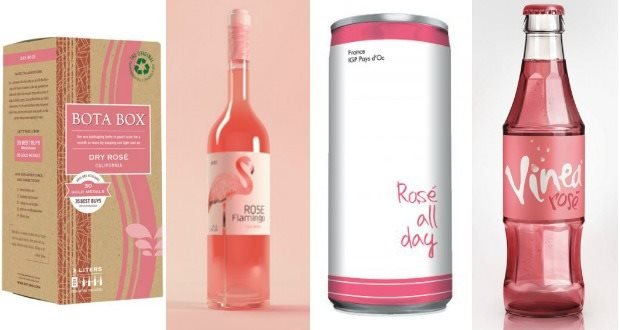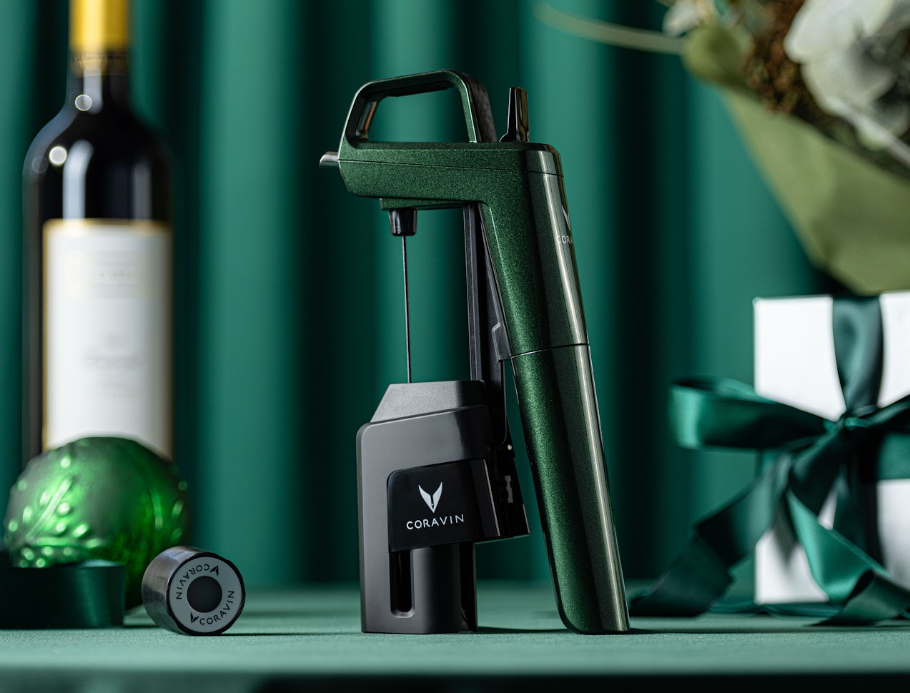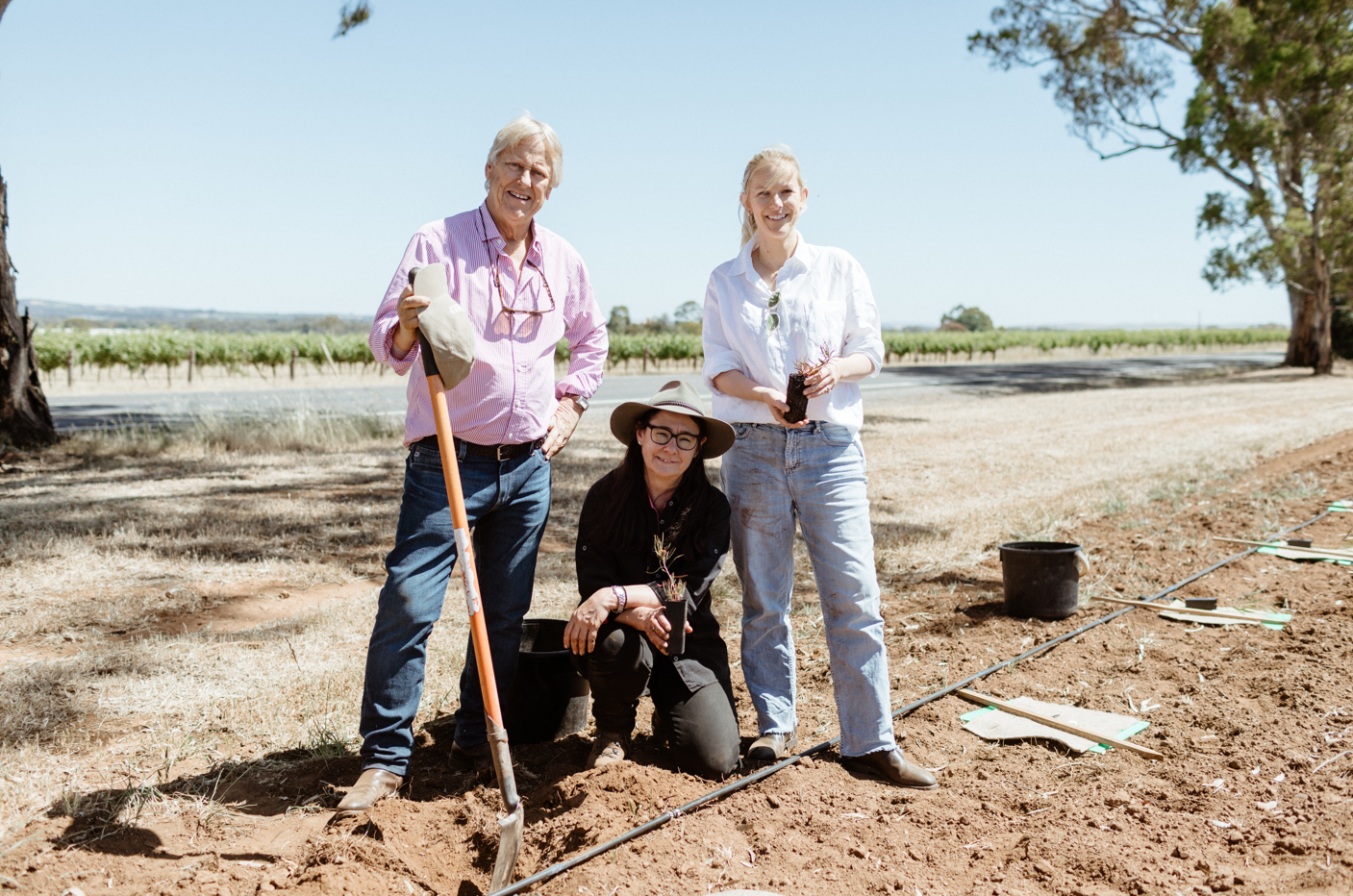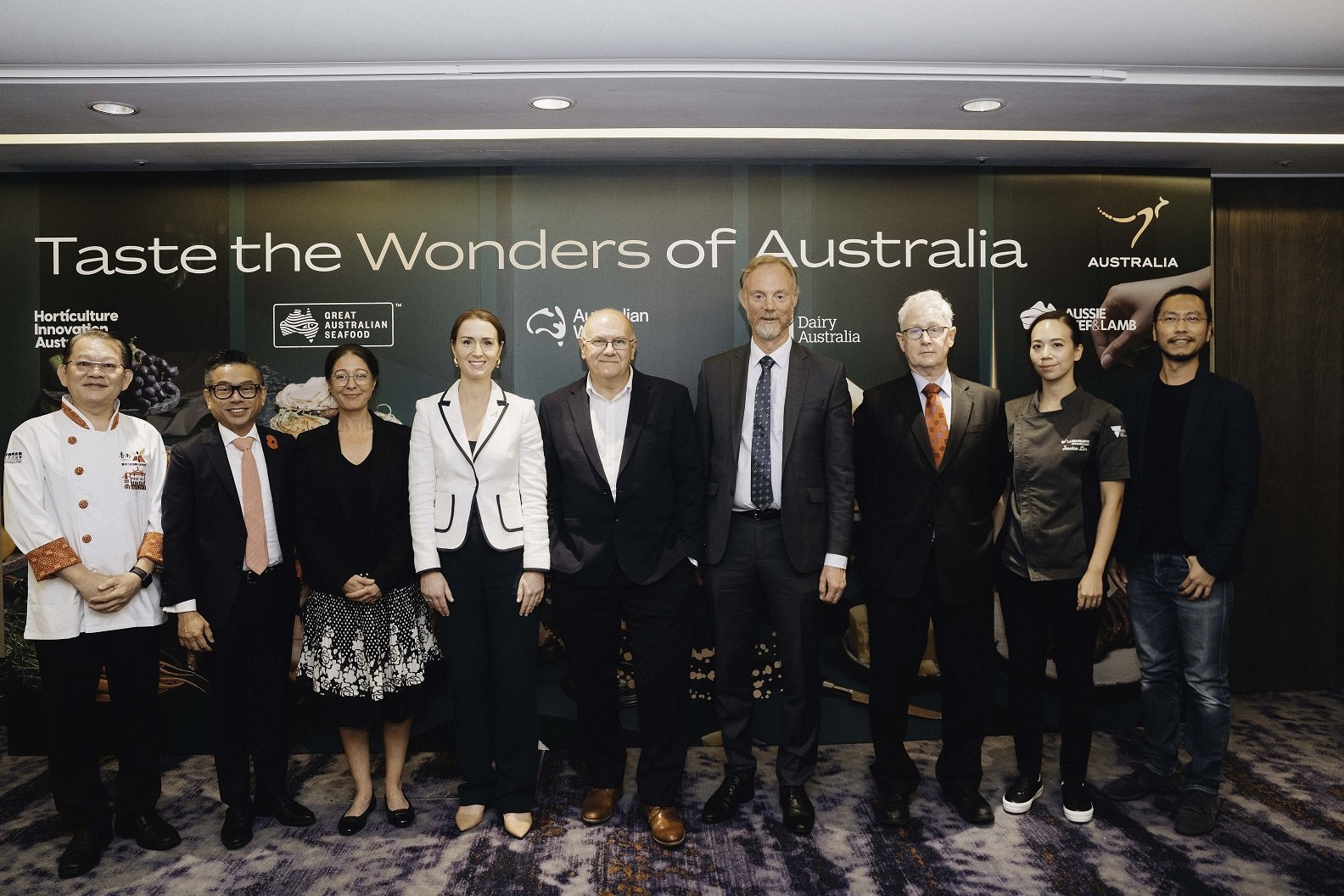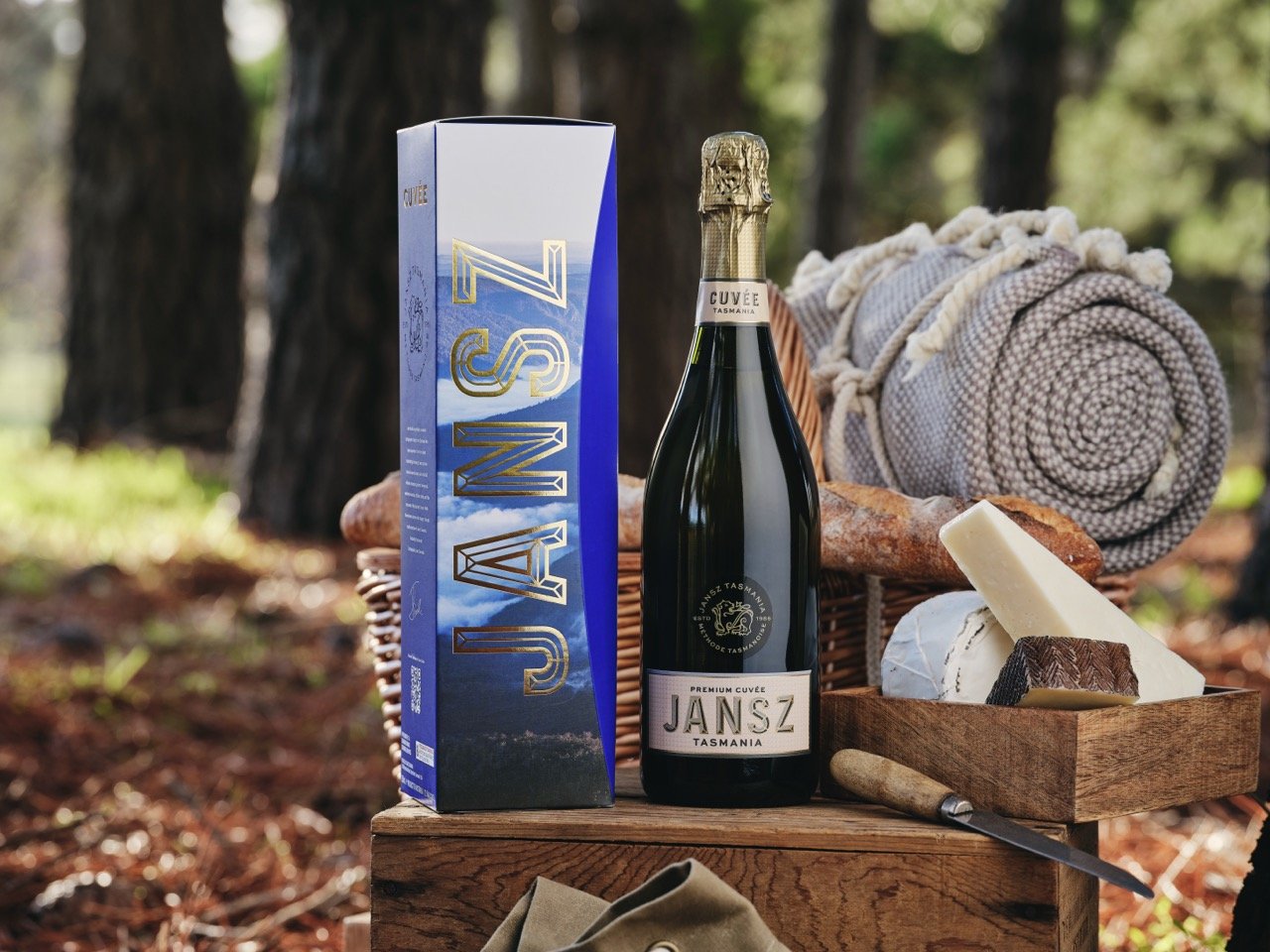It's International Rosé Day! Are you sipping something pink to celebrate?
A major retailer is claiming the dizzy rise of rosé to global wine domination means it has become its own alcohol category.
Rodolphe Boulanger, vice president of beer, wine, and spirits at online grocer Fresh Direct has told Bloomberg: “There’s been a decoupling of rosé from the rest of wine; its own alcohol category."
When Boulanger started at Fresh Direct in 2014, there were only four rosé brands for sale. Now the outlet has over 90 rosé brands to offer.
“The level of innovation and new product launches surprised us,” he said.
Bloomberg notes: "As rosé moves into new, summer-friendly formats like cans, boxes, and even 40-oz bottles, it is being marketed heavily to millennials as an alternative to beers on the beach or by the grill."
Australians love Rosé
According to sales data from Cellarmasters, an increasing number of Australians are drinking the variety, with Jervis Bay residents revealed to be the country’s biggest rosé drinkers.
“Australians are drinking more rosé because our lifestyle and climate are so well suited towards it. Rosé is a simple style of wine that pairs well with a range of food, and it’s also great to enjoy on its own,” said Ben Copeman-Hill, General Manager at Cellarmasters.
Jervis Bay is followed by North Shore suburb Wahroonga (2076 NSW), two different Sunshine Coast postcodes (4551 and 4556 in QLD) and Mackay (4740 QLD) as top rosé ordering towns according to the sales data.
“Rosé is sometimes referred to as the ‘sunshine wine’ because it is perfect to be enjoyed in summer, so it makes sense that it would be a popular tipple on the Sunshine Coast,” adds Copeman-Hill.
Overall, Cellarmasters has noticed a 15% growth in rosé sales in the last five years, with customers in Australian Capital Territory and Victoria leading the growth. In the last year alone, sales have increased by 21% and according the ALSA-IRI State of the Industry Report 2017, rosé is the top trending wine in Australia.
Rosé: a global phenomenon
Latest Nielson findings show the rosé category has reached a value of $389 million worldwide and is only increasing.
Globally, rosé consumption increased 57% over the last year, outpacing the overall category of wine, which is growing at a rate of a little more than 2%.
Peter Nixon of Dan Murphy’s wine panel told the Australian that in 2016 rosé grew between 200-300% in the over-$10 category.
Nixon believes one of the reasons for the surge in rosé sales is the huge popularity of the style in countries such as France and the UK.
“What happens in Europe can have an effect on our market,” he said. “As more and more Australians go on holidays and enjoy new wine styles there, that can then start to be replicated here [in Australia] and it eventually reaches critical mass.”
Indeed the UK-supermarket chain Sainsbury’s has reported a 58% increase in French rosé sales just in April, and is predicting 2017 will be its biggest year for pink wine.
Additionally, Conseil Interprofessionnel des Vins de Provence (CIVP) has reported that the US and France account for nearly half of worldwide rosé demand.
The wine, often perceived cheap or generic has even caught the eyes of elite global brands. After watching the category expand five times as fast as the total wine category, Moët Hennessy recently added two dry rosés to its list: Cape Mantelle from Australia and Smoke Tree from Sonoma.
Millennials contribution to the rise of rosé
The pink wine has not only been embraced by millennials, but they’ve created their own wave of hashtags, phrases and even brands.
Millennial rosé trends such as the summer craze: ‘frosé’ (frozen rosé), ‘brosé’ (rosé-loving men or ‘bros’) and canned rosé have definitely contributed to the popularity of the wine.
There’s even an Instagram account with 45 thousand followers dedicated to rosé called Yes Way Rosé.
The funny catch phrase, which started as a joke between two friends, has grown into a legitimate brand that sells its own rosé range: Summer Water Rose as well as popular merchandise including t-shirts, hats, bags, nail polish, candles and more.
Rob McMillan, founder of the Silicon Valley Bank Wine Division, said the pink wine won’t be just another generational ‘fad’.
"Moscato went away because it was a flash in the pan. But I think rosé, with the way it is being produced, is here to stay," McMillan told Fortune.
New Zealand catches the pink bug
According to Stuff, "rose-drinking Millennials are warping the traditional wine market."
Major grocery chains Pak'NSave and New World report rose sales have soared 150% since 2014. Last year alone they rose 60%.
A survey of rose consumption in 2015 by the International Organisation of Vine and Wine indicated Millennials dominate Kiwi rose drinking. Seventeen per cent of the still wine drunk by under-24s is rose. At 25-35 years it is about 11% and at 35-44 years it drops to 6%.
Share the content
